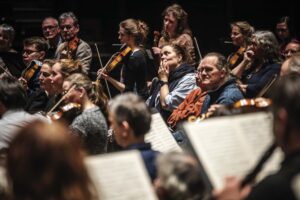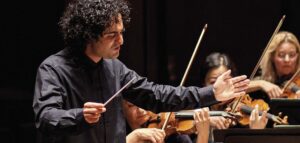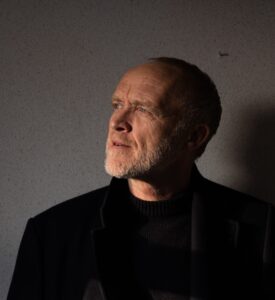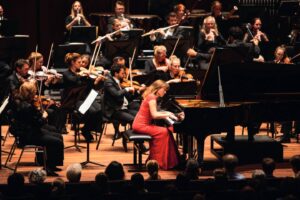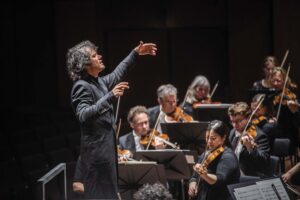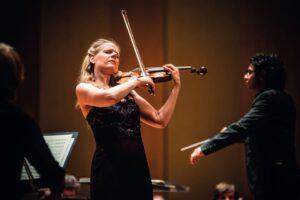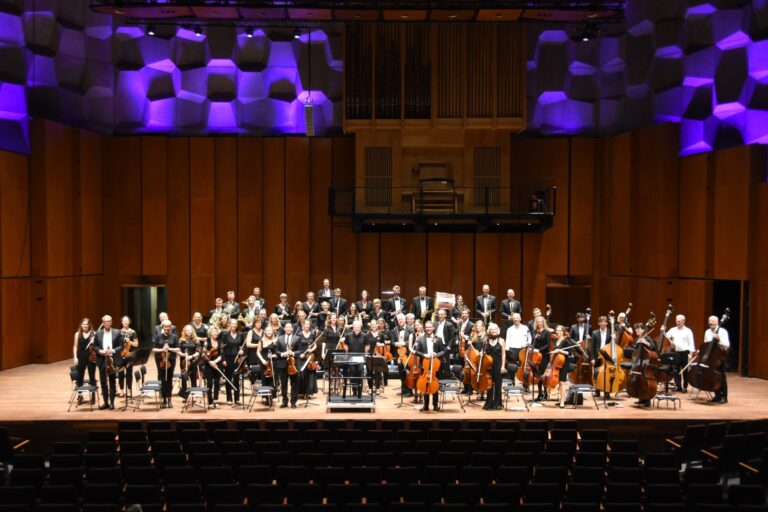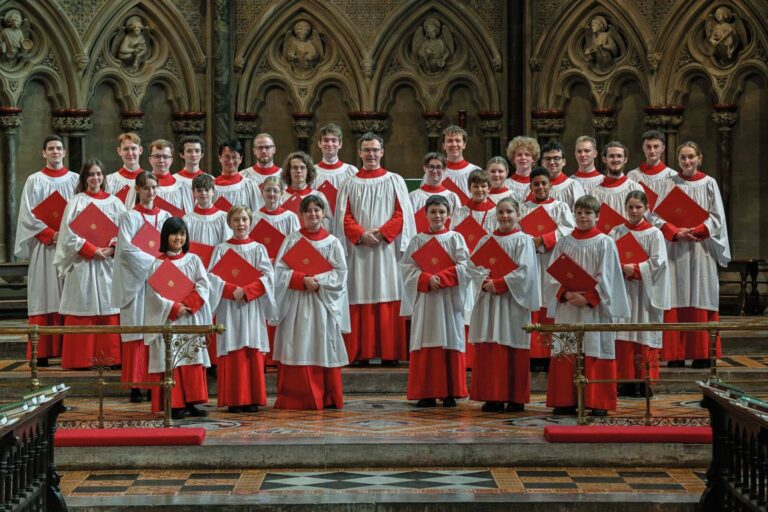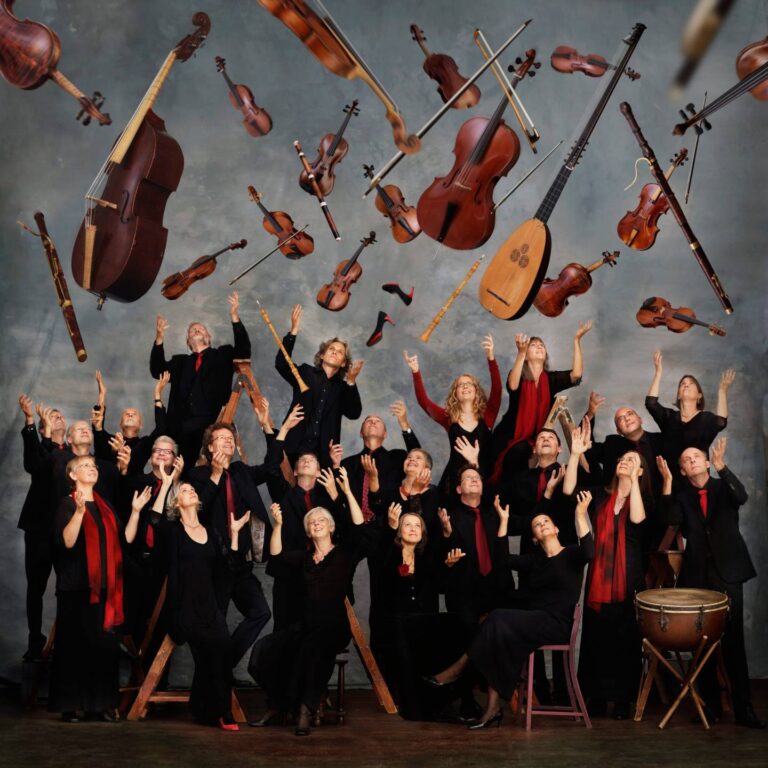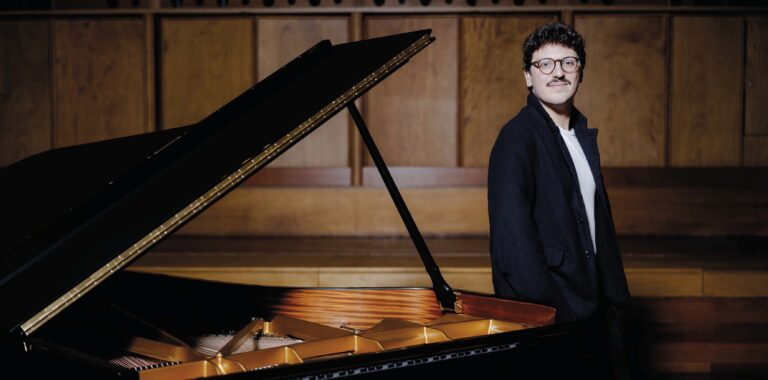Noord Nederlands Orkest
Beethovens Vioolconcert & Stravinsky’s Sacre
Stravinsky’s muzikale revolutie
Stravinsky's musical revolution
Dit programma bevat twee absolute meesterwerken, maar het verschil kan niet groter zijn. Beethovens Vioolconcert is een hoogtepunt van de klassieke periode. Haaks daarop staat Stravinsky’s Sacre du Printemps, honderd jaar later gecomponeerd: een explosief, totaal on-klassiek stuk dat afrekende met alles wat men in de concertzaal gewend was.
Vernieuwing kan met een enorme knal komen. Of niet, zoals Beethoven met zijn Vioolconcert bewees: een werk dat zingend en mijmerend nieuw terrein betrad. Stravinsky’s Sacre du Printemps had daarentegen het effect van een aardverschuiving. De première in 1913 veroorzaakte een enorme rel, want zulke opzwepende en ‘primitieve’ muziek had men nog nooit gehoord. Nog steeds is het een stuk dat je bij je lurven grijpt en je beeld van ‘klassieke muziek’ definitief verandert.
Programma en bezetting
L. van Beethoven: Ouverture ‘Coriolan’ op.62 in c.
L. van Beethoven: Concert voor viool en orkest op.61 in D
I. Stravinsky: Le Sacre du Printemps (versie 1913)
dirigent: Eivind Gullberg Jensen | viool: Stefan Milenkovich
This programme features two absolute masterpieces, but the difference couldn’t be greater. Beethoven’s Violin Concerto is a high point of the classical period. In stark contrast is Stravinsky’s Sacre du Printemps, composed a hundred years later: an explosive, utterly unclassical piece that shattered everything people had come to expect in the concert hall.
Innovation can come with a bang. Or not, as Beethoven proved with his Violin Concerto: a work that, singing and contemplative, broke new ground. Stravinsky’s Sacre du Printemps, on the other hand, had the effect of a seismic shift. Its premiere in 1913 caused a huge uproar, as such stirring and “primitive” music had never been heard before. It remains a piece that grabs you by the scruff of the neck and definitively changes your perception of “classical music.”












